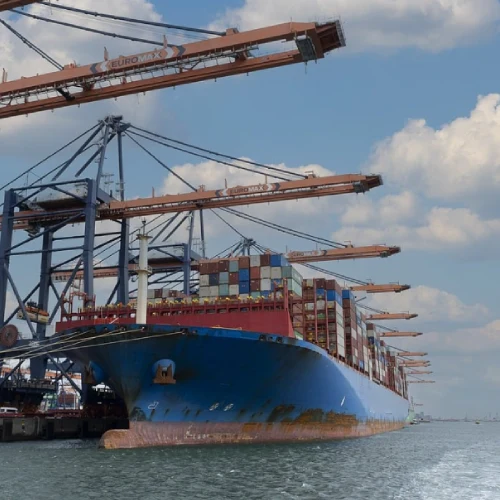Ultimate Guide to Selecting Stainless Steel for Seawater Environments | 2025 Edition
Introduction to Stainless Steel in Seawater Applications
The marine environment puts metal materials to the test, with high chlorides, temperature variations, and biofouling all accelerating corrosion of metal materials.So the choice of materials for marine and coastal projects requires careful consideration.

Today we see stainless steel on offshore platforms, desalination plants, shipbuilding and marine equipment.But not all stainless steel grades can withstand the harsh environment of the sea.Quality material selection prevents premature failure in production use, leading to costly repairs and operational downtime.
Recommended Stainless Steel Grades for Seawater
Different grades of stainless steel exhibit different corrosion resistance due to compositional differences, the following is an expansion of some of the stainless steel grade details
316L Stainless Steel (16Cr-10Ni-2Mo)
Max Chloride Exposure: Up to 10.000 ppm
Applications: Coastal infrastructure, food processing equipment exposed to saline environments
904L Stainless Steel (25Cr-21Ni-4.5Mo)
Max Chloride Exposure: 30.000+ ppm
Applications: Desalination plants, chemical tankers
Max Chloride Exposure: 20.000 ppm
Applications: Offshore pipelines, marine pumps
6Mo Stainless Steel (e.g., AL-6XN®)
Max Chloride Exposure: 50.000+ ppm
Applications: Deep-sea oil rigs, saltwater filtration systems
Nickel-Based Alloys (e.g., Hastelloy® C-276)
Max Chloride Exposure: 100.000+ ppm
Applications: Petrochemical reactors, nuclear marine systems
Then integrated chloride concentration, mechanical requirements and cost considerations, seawater scenarios zmxuan how to choose not relevant it, the following small has been summarised
For moderate chloride levels: 316L stainless steel is a cost-effective choice.
For high chloride levels: 904L or duplex stainless steel provides enhanced corrosion resistance.
For extreme conditions: 6Mo stainless steel and nickel-based alloys offer the best protection.
